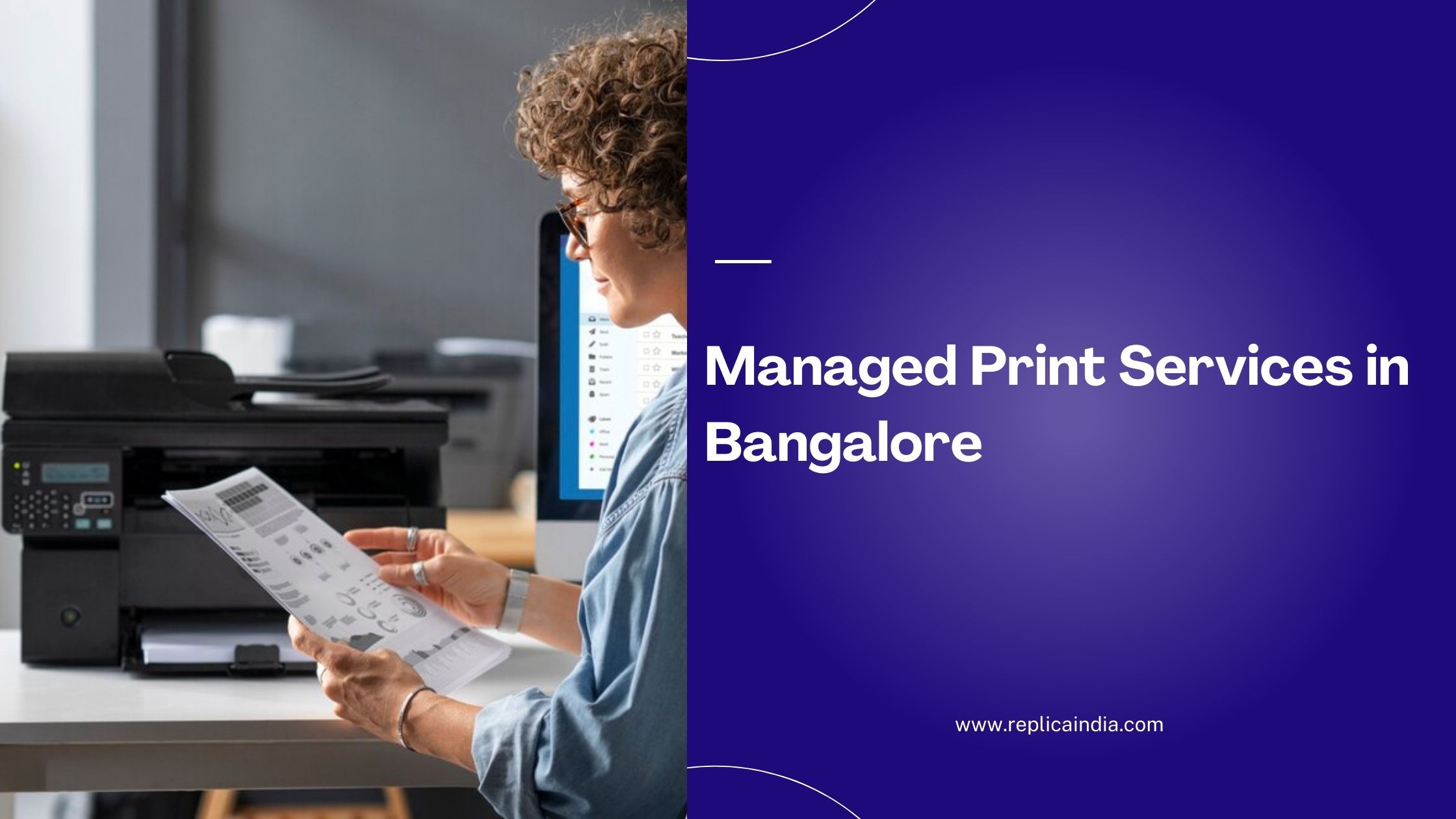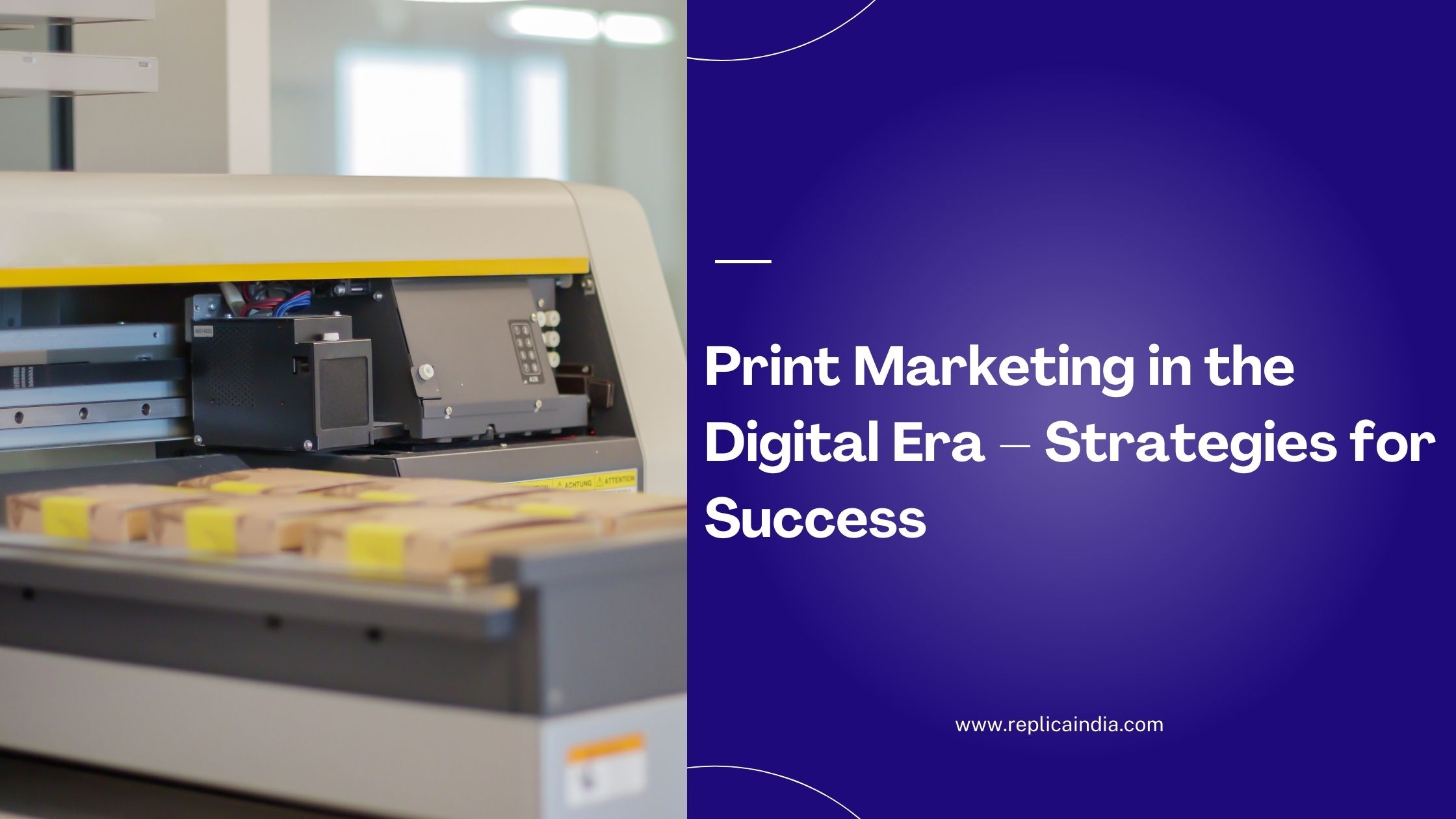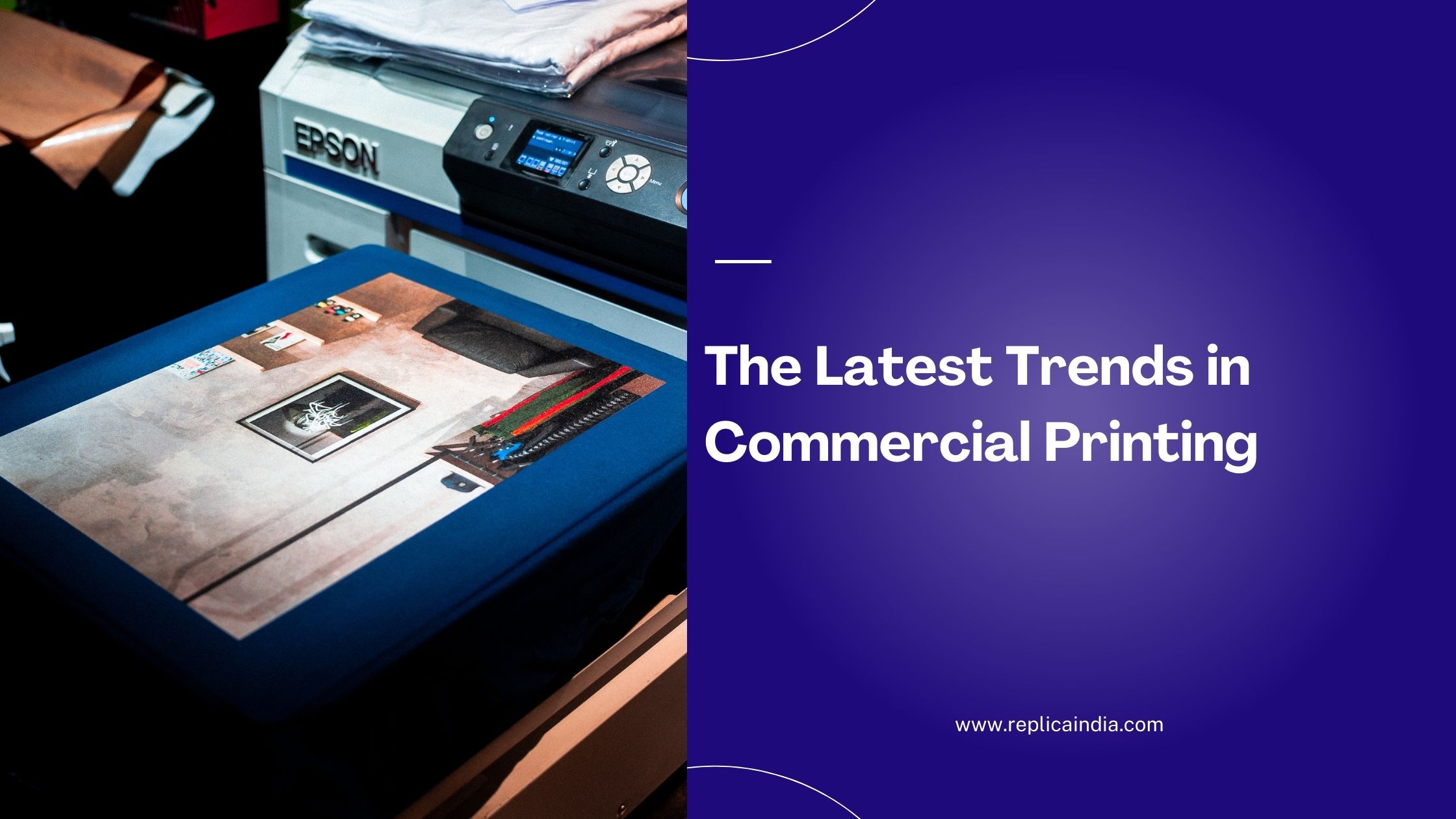In today’s India, where digitalization is rapidly growing, a printer remain a crucial tool in many homes and offices. From students printing assignments to businesses churning out reports buying a printer, reliable printer can make a big difference. But with a vast array of options available, choosing the right one can feel overwhelming. before buying a printer Fear not! This guide explores six key factors to consider before you buying a printer, ensuring you find the that perfectly suits your needs.
1. Printing Needs:
The first step is understanding what you’ll be using the printer for most often. Here are some key questions to ask yourself:
- Black and White or Color? Do you primarily need crisp text documents, or do vibrant photo prints take priority?
- Print Volume: How much will you be printing? Occasional use or high-volume printing for a small office requires different considerations.
- Paper Types: Will you be printing on regular paper, cardstock, envelopes, or specialty photo paper?
Understanding your printing needs is crucial
Inkjet Printers: Ideal for vibrant photo printing and occasional use. They excel at color reproduction but can have higher running costs due to ink cartridges.
- Laser Printers: Known for sharp text output and lower running costs per page, making them a good choice for high-volume black and white printing. However, color laser printers come with a higher initial price tag.
2. Functionality: Single Function or Multifunction?
Do you just need a printer, or would a multifunction printer (MFP) be more convenient? MFPs combine printing, scanning, copying, and sometimes even faxing functionalities into a single device. This can save space and potentially money if you regularly use these features. However, if you only need basic printing, a single-function printer is a more budget-friendly option.
3. Budget:
While a low initial price might be tempting, remember, it’s not the whole picture. Consider the long-term costs of ownership. Here’s what to factor in:
- Ink or Toner Cartridge Costs: Research the price and page yield (number of pages printed per cartridge) of replacement cartridges. High-yield cartridges might cost more upfront but save you money in the long run.
- Running Costs: Look beyond just the price of cartridges. Consider electricity consumption, especially if you plan on printing frequently.
4. Print Quality:
Print quality is another crucial factor. Here’s what to consider:
- Dots Per Inch (dpi): Higher dpi ratings translate to sharper prints. If you’re printing professional documents or high-resolution photos, prioritize printers with higher dpi.
- Color Accuracy: For vibrant and realistic photo printing, color accuracy is essential. Research reviews or look for printers with certifications that indicate good color reproduction.
5. Speed and Connectivity:
Printing speed is measured in pages per minute (ppm). If you frequently print large documents, a faster printer can save you valuable time. However, for occasional printing needs, speed might not be a top priority.
Connectivity options are equally important. Consider how you’ll be connecting to your printer:
- Wi-Fi: Enables wireless printing from your laptop, phone, or tablet.
- USB: The traditional wired connection method.
- Bluetooth: Offers a convenient wireless connection option for some printers.
- Cloud Printing: Allows you to print from anywhere with an internet connection.
6. Size and Footprint:
Printers come in all shapes and sizes. Measure your available desk space and choose a printer that fits comfortably. If portability is a concern, consider a compact printer.
Conclusion
By considering these six factors, you’ll be well-equipped to navigate the printer market and find the perfect device for your needs. Remember, the ideal printer for someone working from home will differ from one needed for a bustling office. With a little research and informed decision-making, you’ll be printing with confidence in no time. Happy printing!




